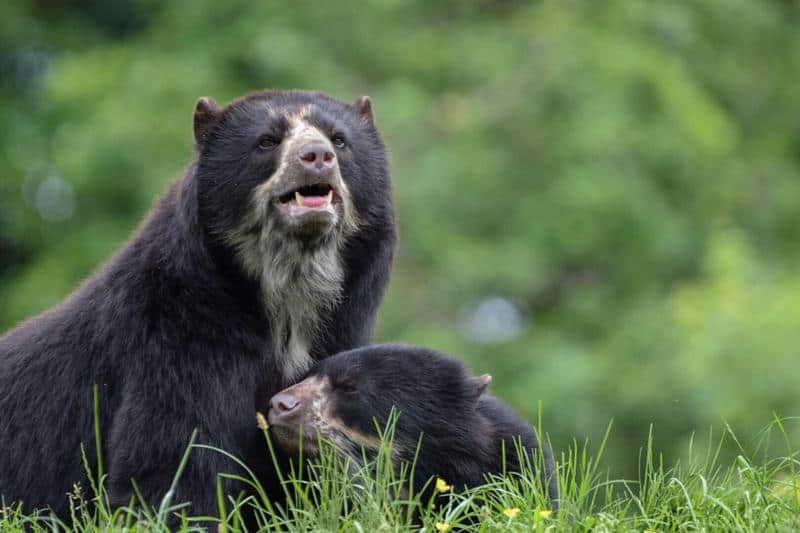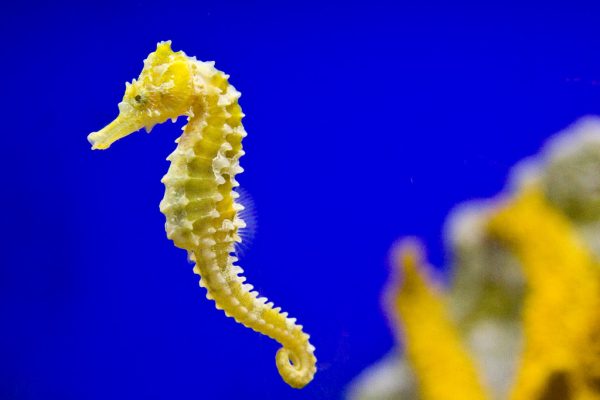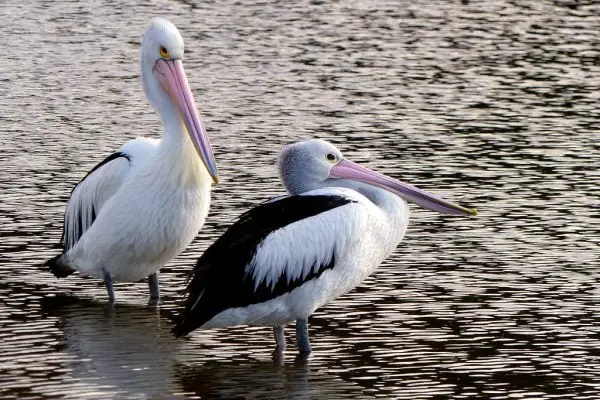From the towering brown bears of Alaska to the playful panda bears of China, bears have captivated human imagination for centuries. These powerful and majestic creatures roam diverse habitats, leaving behind paw prints and fascinating stories. Beyond their physical prowess, the language surrounding bears reveals a hidden world of collective nouns and captivating facts waiting to be explored.
Collective Nouns for Bears
Unlike some animals with singular collective nouns, bears boast a diverse vocabulary representing different aspects of their behavior and social dynamics:
- Sloth: This term evokes the image of a large group of bears moving slowly and deliberately, often associated with migration or foraging for food. It captures the bears’ measured pace and methodical approach to navigating their environment.
Example: The sloth of bears lumbered across the meadow, their powerful legs carrying them steadily towards their destination.
- Sleuth: This term, often associated with detectives, applies to a group of bears actively searching for food or exploring their surroundings. It emphasizes the investigative nature of bears and their keen sense of smell and sight used to navigate their territory.
Example: The sleuth of bears meticulously sniffed the ground, their noses twitching as they searched for hidden berries and insects.
- Slumber: This peaceful term describes a group of bears resting or sleeping together, often during hibernation or seeking refuge from the elements. It paints a picture of tranquility and the vital role rest plays in a bear’s life cycle.
Example: In the heart of the forest, a slumber of bears nestled comfortably in their dens, their gentle snores echoing in the stillness.
- Sow: This term specifically denotes a group of female bears, often accompanied by their cubs. It highlights the maternal bond and nurturing instincts of female bears as they raise their young.
Example: The sow of bears emerged from the den, her cubs following closely behind, ready to explore the world under their mother’s watchful eye.
Fascinating Facts About Bears
Understanding collective nouns enriches our vocabulary, but venturing deeper into the world of bears reveals their remarkable characteristics and surprising facts:
- Global Wanderers: Though absent from Antarctica, bears are found on every other continent. They have adapted to diverse habitats, from the icy tundra of the Arctic to the lush rainforests of South America.
- Masters of Smell: Bears boast an exceptional sense of smell, up to seven times stronger than humans. This allows them to locate food sources hidden underground, identify potential threats from afar, and even recognize individual bears based on scent alone.
- Omnivores by Nature: While the iconic image of a bear catching salmon might suggest otherwise, bears are omnivores, meaning they consume both plants and animals. Their diet varies depending on the season and the availability of food sources.
- Natural Climbers and Swimmers: Despite their size and weight, bears are surprisingly agile climbers and efficient swimmers. Their strong limbs and powerful claws allow them to navigate trees with ease and traverse bodies of water with impressive speed.
- Speedy Surprises: Don’t be fooled by their lumbering gait. Bears can be surprisingly fast runners, reaching speeds of up to 40 miles per hour in short bursts. This allows them to catch prey, escape danger, and navigate their territories efficiently.
- Long and Enduring Lives: While threats like habitat loss and human encroachment remain, bears can live up to 25 years in the wild. This reflects their resilience, adaptability, and the importance of conservation efforts in ensuring their survival.
Final Thoughts
From the deliberate “sloth” to the nurturing “sow,” the diverse collective nouns for bears offer a glimpse into the different facets of their lives and social interactions. Understanding these terms and appreciating the fascinating facts surrounding bears fosters a deeper respect for these majestic creatures and the vital role they play in maintaining healthy ecosystems. So, the next time you encounter a bear, take a moment to acknowledge its power, adaptability, and the unique language that reflects its place in our world.
Also Read:






2 thoughts on “What is a Group of Bears Called? Collective Nouns”